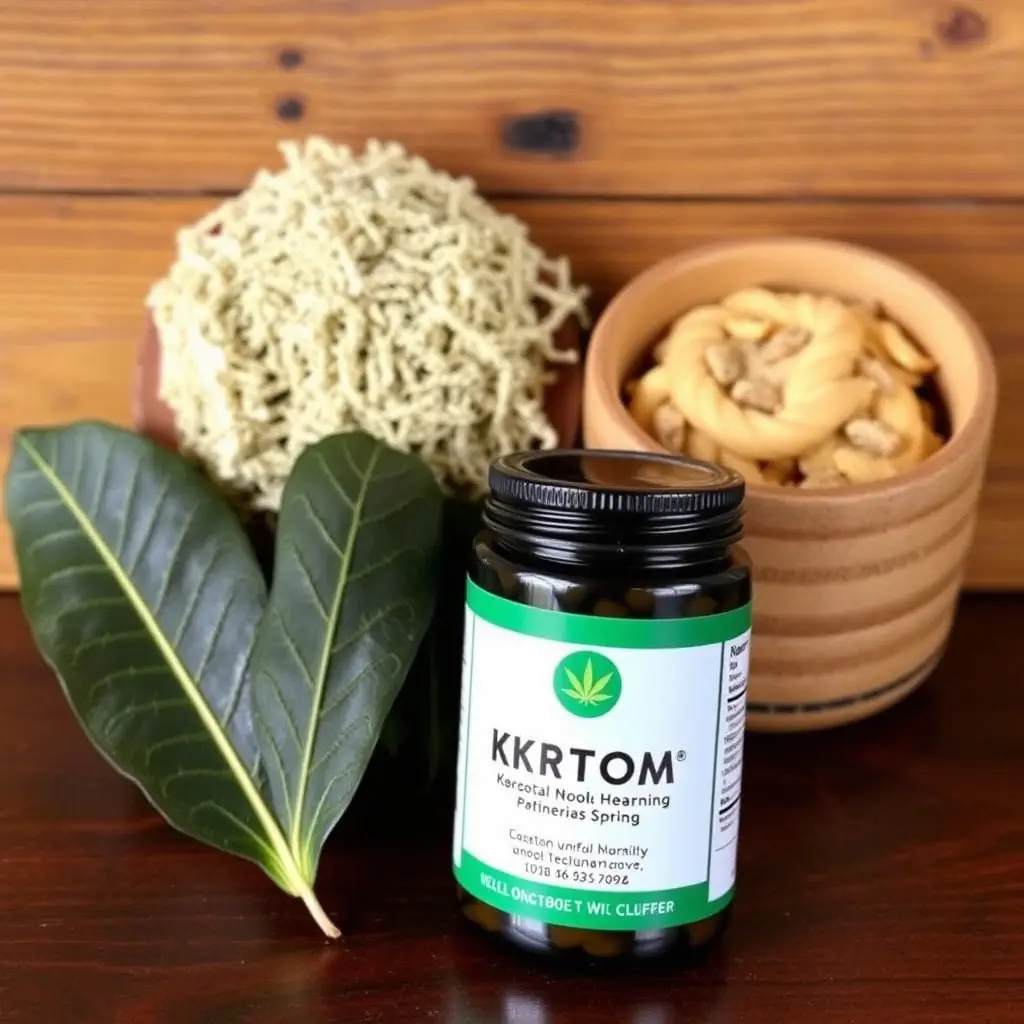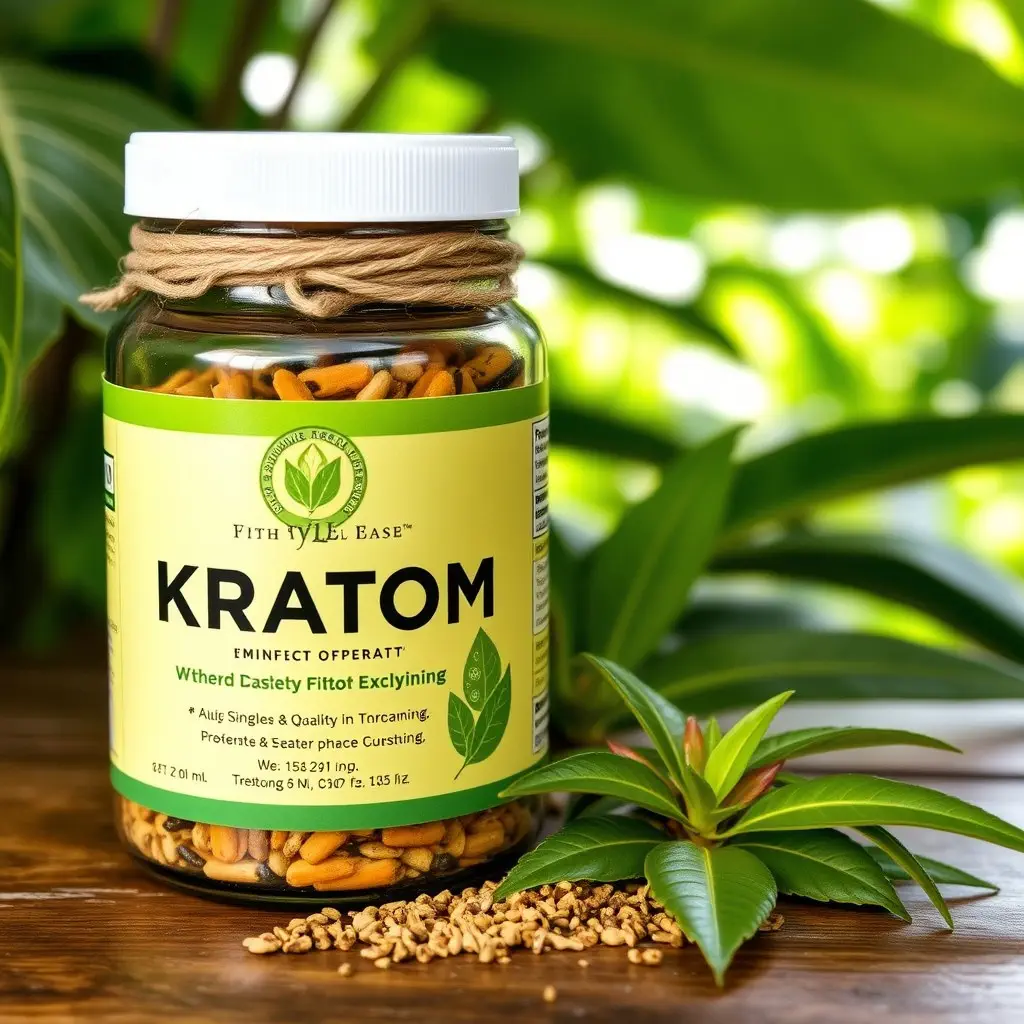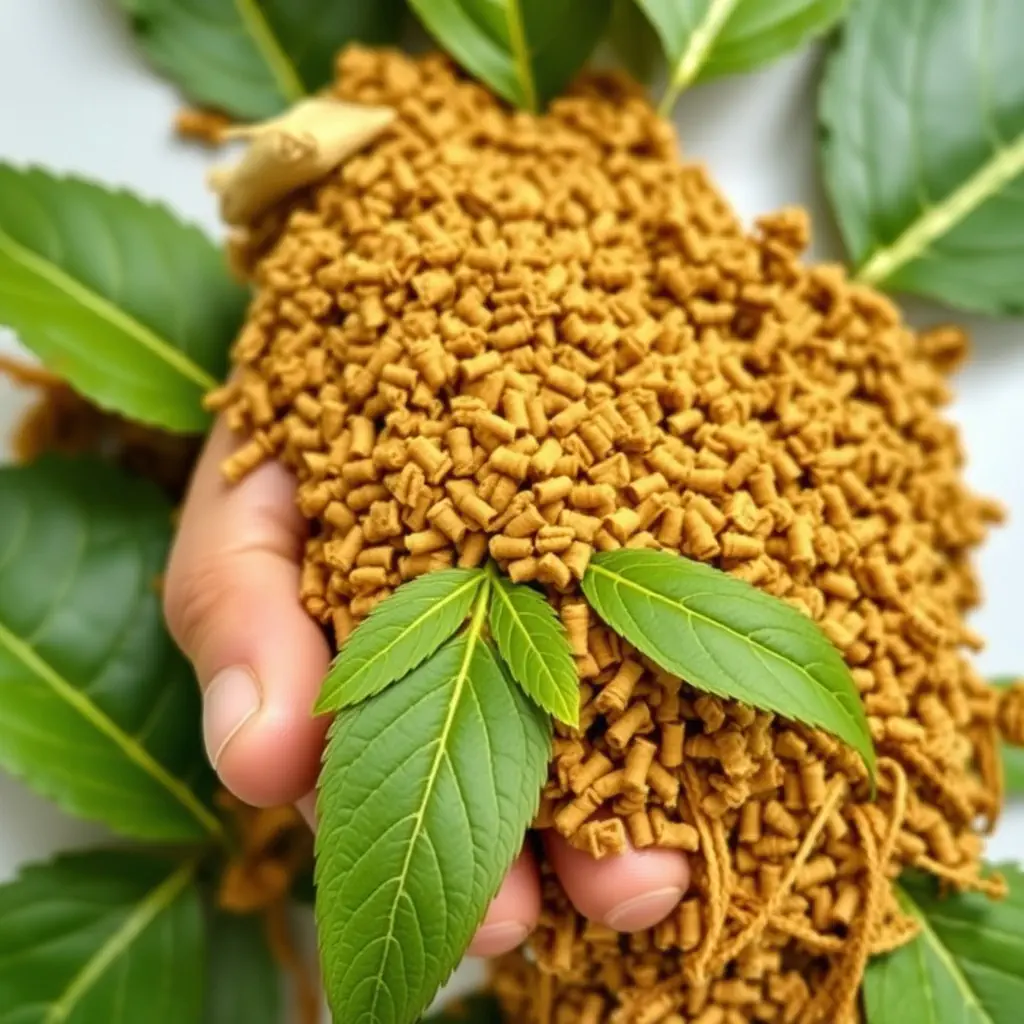Muscle soreness relief has been associated with Vietnamese kratom leaves, which contain alkaloids like mitragynine and 7-hydroxymitragynine that potentially interact with opioid receptors for pain management. The scientific community is examining the unique benefits of these kratom strains, highlighting their distinct alkaloid profiles. However, it's important to note that individual responses to kratom can vary greatly, and users should approach its use with caution due to the complexity of legal statuses by country and the necessity for professional medical advice. Kratom is thought to influence pain and mood through its effects on neurotransmitters like serotonin, norepinephrine, and dopamine, offering potential relief from both acute and chronic pain conditions. Despite its promise, ongoing research into kratom's safety and efficacy underscores the importance of adhering to dosage recommendations and purchasing authentic products from reputable sources to ensure safe muscle soreness relief with kratom. Users must stay informed about local laws concerning kratom and consider all factors before incorporating it into their pain management regimen.
Explore the emerging potential of Vietnam Kratom leaves as a natural remedy for muscle soreness relief. This article delves into the scientific basis of kratom alkaloids, shedding light on their mechanisms in pain management. Additionally, it navigates the complex legal framework surrounding kratom consumption to ensure safe use. Discover how Vietnam’s Kratom could offer a promising alternative for those seeking relief from muscle soreness without compromising on safety or legality.
- Unveiling the Potential of Vietnam Kratom Leaves for Muscle Soreness Relief
- The Science Behind Kratom Alkaloids and Their Role in Pain Management
- Navigating the Legal Landscape and Safe Consumption of Vietnam Kratom Leaves
Unveiling the Potential of Vietnam Kratom Leaves for Muscle Soreness Relief

Kratom leaves originating from Vietnam have garnered attention in natural remedy circles for their potential to alleviate muscle soreness. Traditionally used in Southeast Asian traditional medicine, kratom has been gaining popularity worldwide due to its various health benefits. When it comes to muscle soreness relief with kratom, specific alkaloids found within the leaves are believed to play a pivotal role. Mitragynine and 7-hydroxymitragynine are among the key compounds that may contribute to pain reduction by interacting with the body’s opioid receptors. Users report that Vietnamese kratom strains, particularly those containing higher concentrations of these alkaloids, can provide significant relief from muscle aches and pains, whether due to intense physical activity or chronic conditions.
The potential of Vietnam kratom leaves for muscle soreness relief is an area of growing scientific interest. Preliminary research suggests that the unique strains from this region may offer distinct benefits compared to other kratom varieties. The effects are thought to be a result of the specific alkaloid profiles, which can influence analgesic properties and provide targeted relief. It’s important for individuals considering kratom for muscle soreness to approach it with caution, as the optimal dose and preparation method can vary greatly among users. Additionally, the regulatory status of kratom differs across countries, and it’s essential to comply with local laws and consult healthcare professionals before incorporating kratom into a health regimen for pain management.
The Science Behind Kratom Alkaloids and Their Role in Pain Management

Kratom, a tropical tree native to Southeast Asia, has garnered attention in various regions, including Vietnam, for its potential pain-relieving properties. The efficacy of kratom in managing muscle soreness is rooted in its alkaloid composition, particularly the mitragynine and 7-hydroxymitragynine compounds. These two primary alkaloids interact with the body’s opioid receptors, offering analgesic effects that can be comparable to morphine while maintaining a lower risk of addiction and respiratory depression. The science behind kratom’s action involves its ability to modulate neurotransmitter systems, which include serotonin, norepinephrine, and dopamine. This complex interplay can alleviate not only acute pain but also chronic discomfort, offering a natural alternative for individuals seeking muscle soreness relief without the side effects commonly associated with traditional pharmaceuticals.
Research into kratom’s alkaloids has shown that they possess diverse pharmacological properties. Beyond pain management, these compounds may influence mood and energy levels, contributing to an overall sense of well-being. The analgesic action of kratom is believed to be due to its mu, delta, and kappa opioid receptor agonism, which can effectively manage conditions such as fibromyalgia or musculoskeletal injuries that often lead to muscle soreness. However, it’s important for users to approach kratom with caution and consider consulting healthcare professionals before incorporating it into their pain management regimen, given the complex regulatory status and potential interactions with other medications. The ongoing scientific exploration of kratom continues to shed light on its role in natural medicine, particularly for those experiencing muscle soreness relief.
Navigating the Legal Landscape and Safe Consumption of Vietnam Kratom Leaves
When considering the use of Vietnam Kratom leaves for muscle soreness relief, it’s crucial to navigate the complex legal landscape that governs their use. Kratom, derived from the Mitragyna speciosa tree native to Southeast Asia, including Vietnam, has garnered attention for its potential therapeutic properties. In certain regions of the United States, kratom is subject to varying regulations, with some areas allowing its sale and others prohibiting it. Consumers must be well-versed in their local laws before purchasing or using kratom products. The legal status can change, and staying informed is essential for safe consumption.
For those seeking muscle soreness relief with kratom, it’s important to approach its use responsibly. Kratom contains alkaloids that may interact with the body in ways that provide pain relief; however, the safety and efficacy of kratom for this purpose are still subjects of ongoing research. Users should adhere to recommended dosage guidelines and consider consulting a healthcare professional before integrating kratom into their wellness routine. Safe consumption includes sourcing high-quality, authentic kratom leaves or products from reputable vendors who provide pure and standardized extracts. Additionally, users should be cautious about potential side effects and avoid combining kratom with other substances to minimize risks. Understanding the legalities and prioritizing safe practices are vital steps for those interested in using Vietnam Kratom leaves for muscle soreness relief.
In conclusion, Vietnam Kratom leaves hold significant promise for those seeking muscle soreness relief. The unique alkaloids within these leaves have been scientifically shown to play a role in pain management, offering a potential natural alternative to conventional treatments. Navigating the legal aspects surrounding their use is crucial, and safe consumption remains paramount for anyone considering incorporating Vietnam Kratom into their wellness regimen. As research continues to evolve, it is clear that this botanical compound warrants further investigation for its therapeutic potential. Prospective users are advised to consult healthcare professionals and adhere to recommended guidelines, ensuring the safe pursuit of muscle soreness relief with Kratom.






